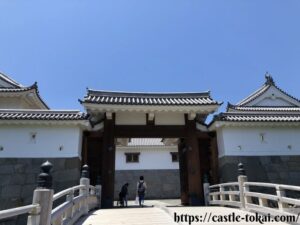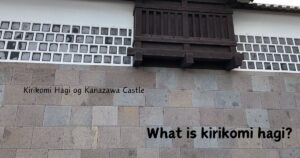Koraimon (高麗門) is a distinctive style of gate found in Japanese architecture. Characterized by its two main pillars (kagami-bashira) supporting a hipped roof, with additional perpendicular support pillars (控柱, hikae-bashira) behind the main pillars also supporting a hipped roof, koraimon gates are frequently encountered as outer gates of castles.
Koraimon gates emerged as a prevalent castle gate style during the Bunroku-Keicho War (1592-1598), the Japanese invasions of Korea. They represent a simplified form of the yakui-mon gate, incorporating a smaller roof to minimize blind spots for defenders.
Beyond castles, koraimon gates gained widespread popularity during the Edo period (1603-1868), gracing the entrances of shrines, Buddhist temples, and even town gates.
Koraimon gates hold a significant position in Japanese castle architecture. Embracing a simplified yakui-mon structure while maintaining both defensive capabilities and an imposing presence, koraimon gates became a favored choice for numerous castles.
Their popularity extended beyond castles during the Edo period, embellishing the entrances of shrines, temples, and town gates, establishing them as a prominent element of Japanese architectural styles.

East Gate of Sunpu Castle


